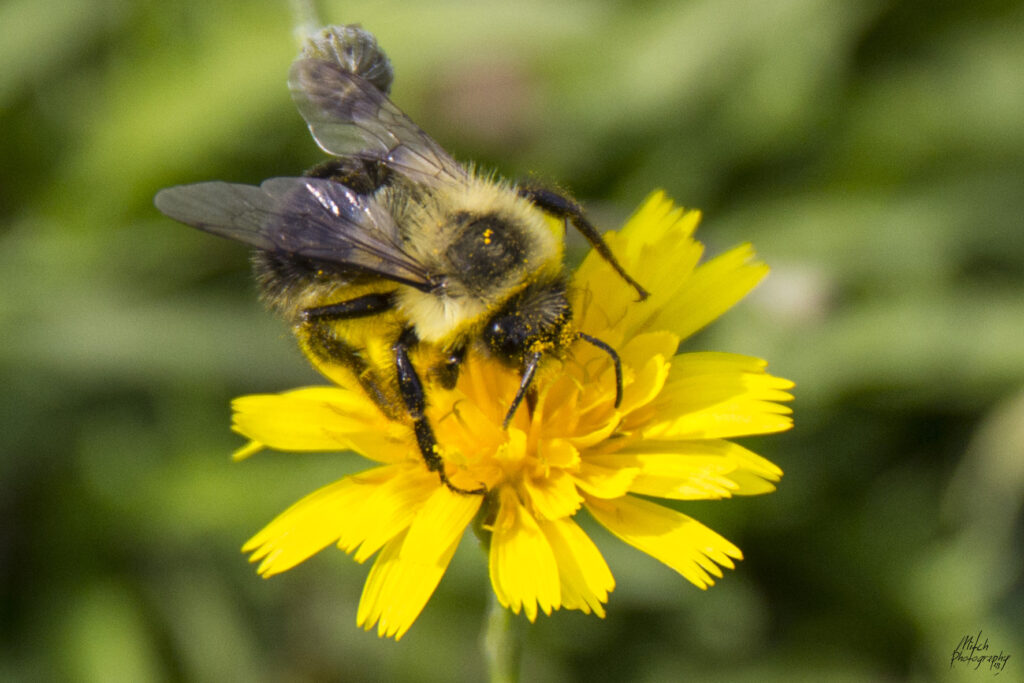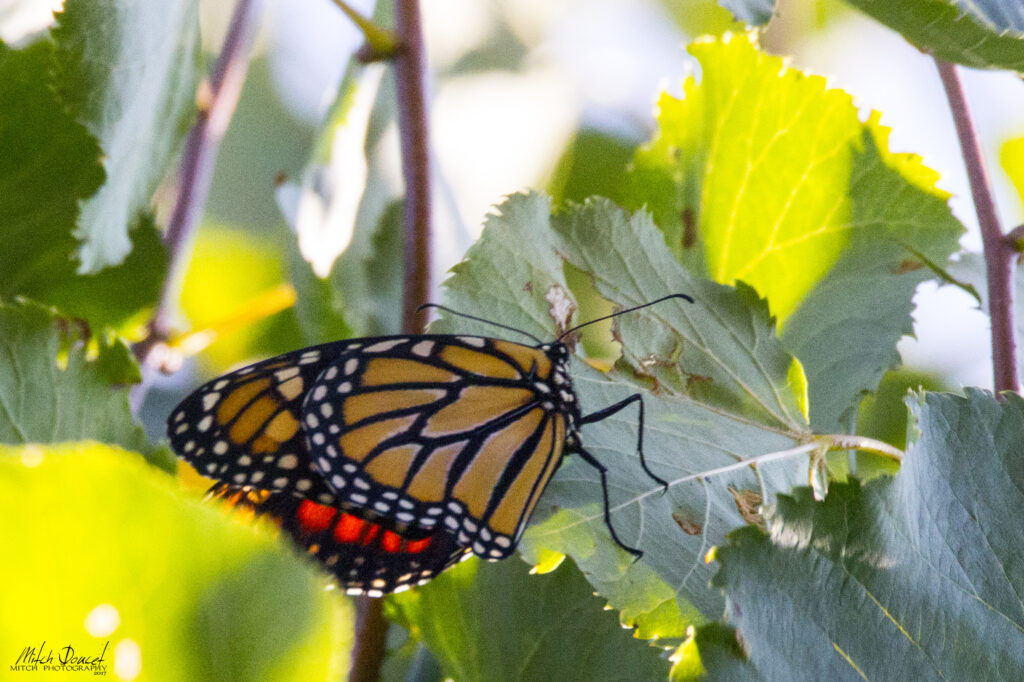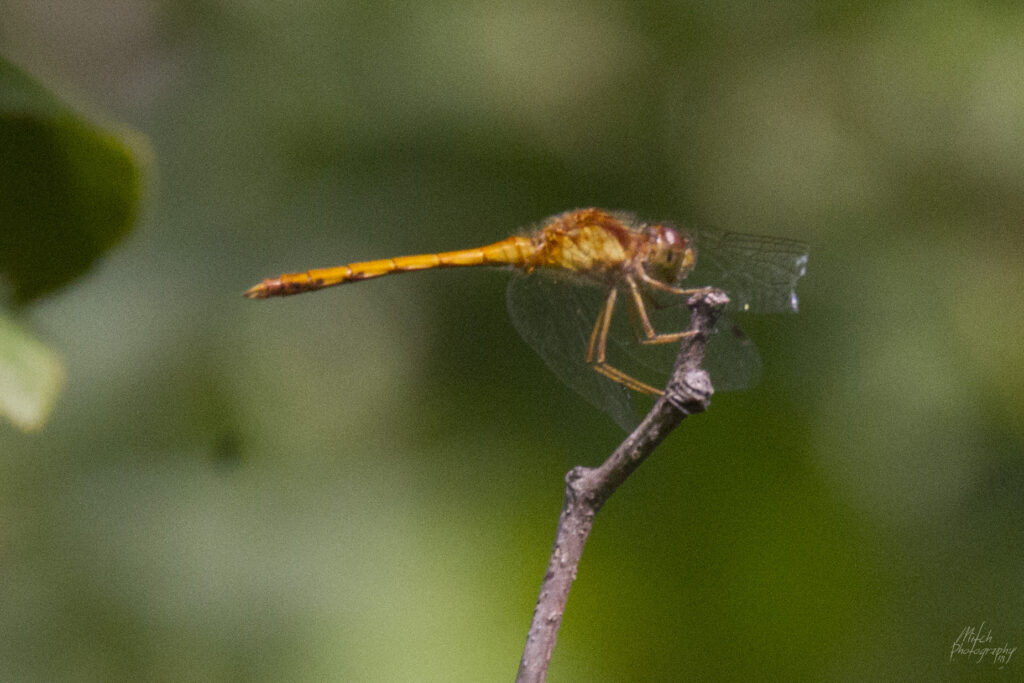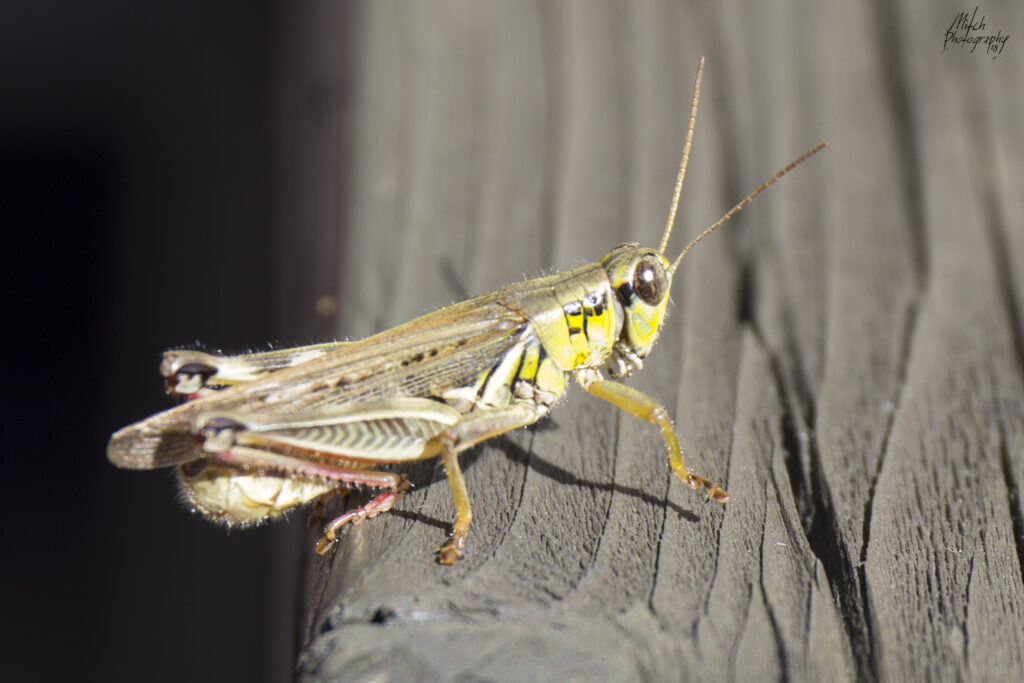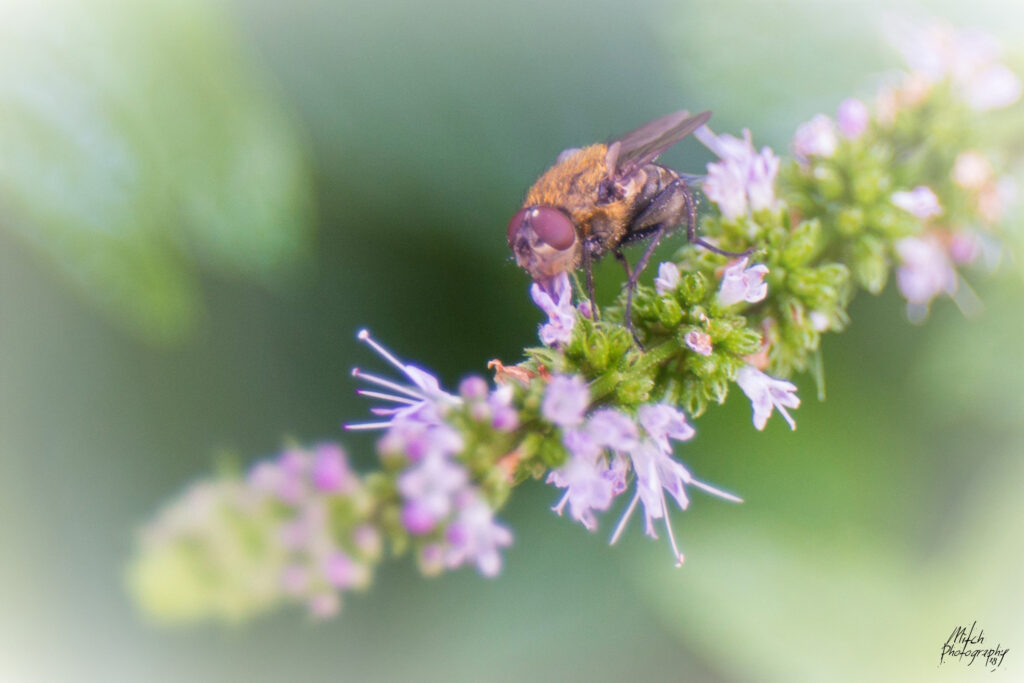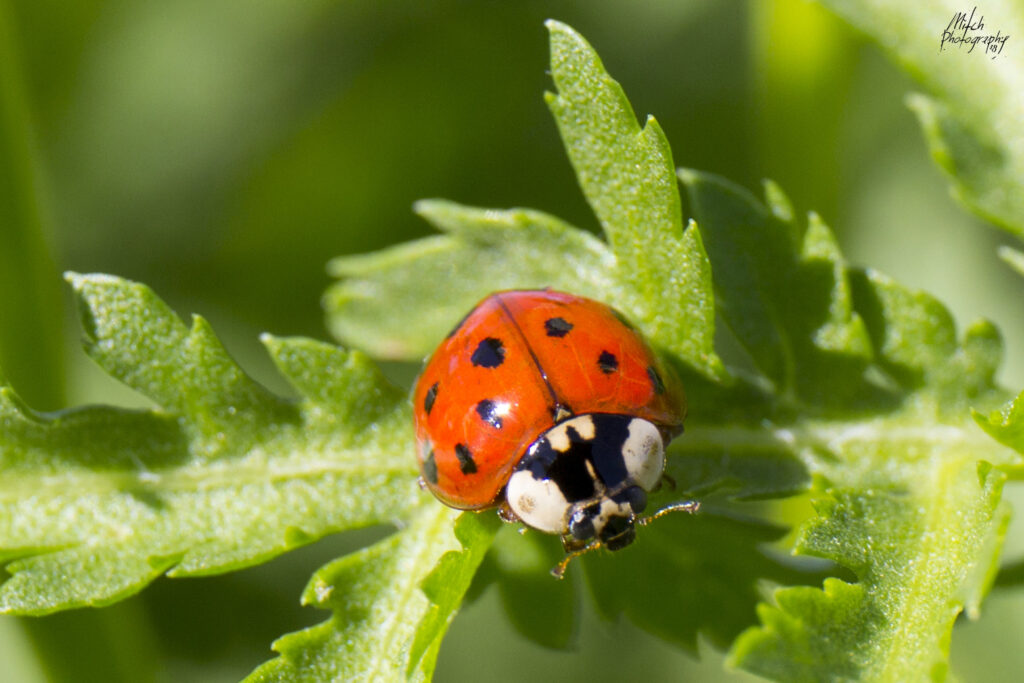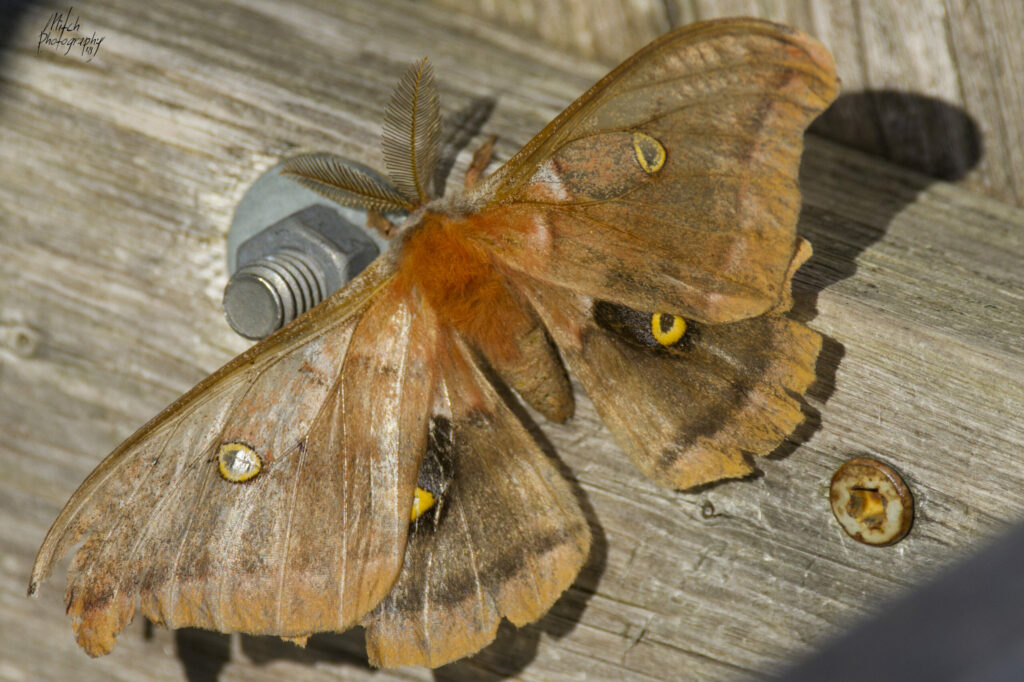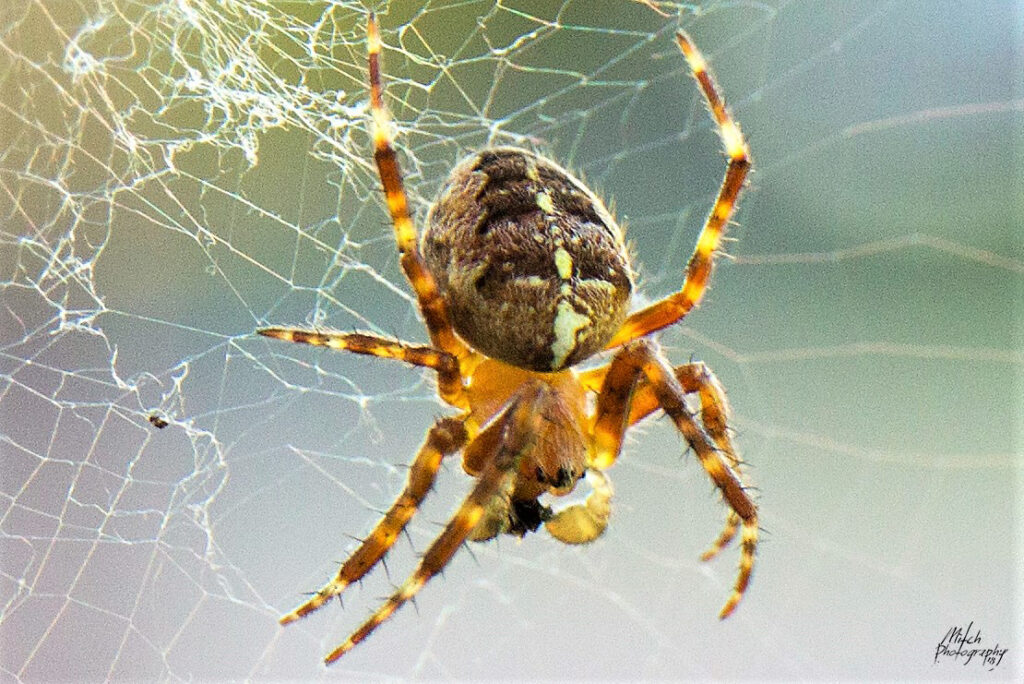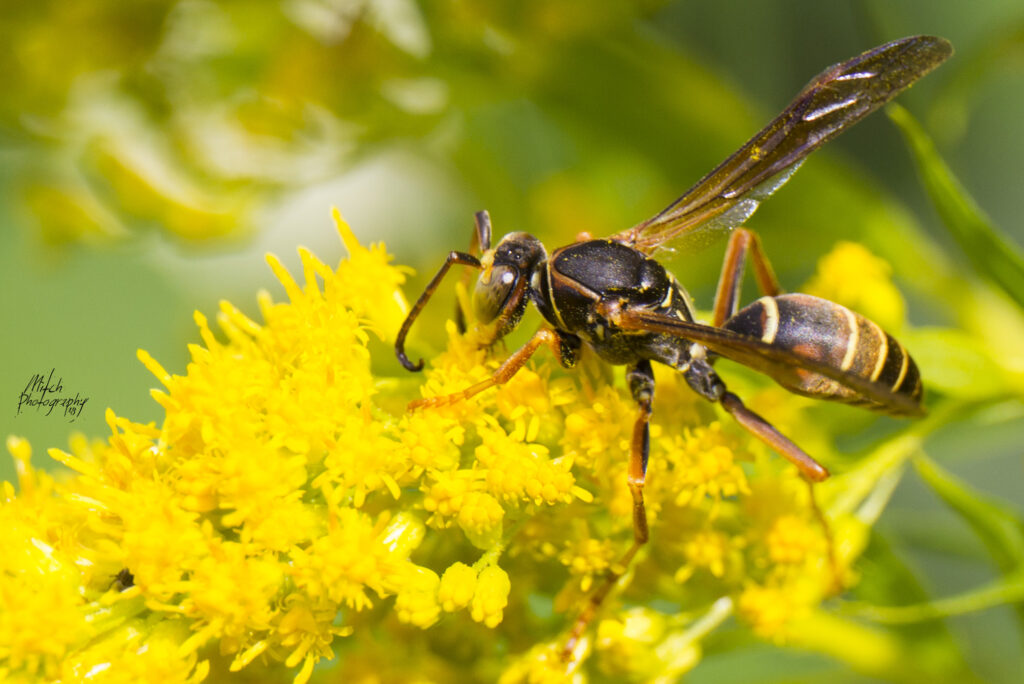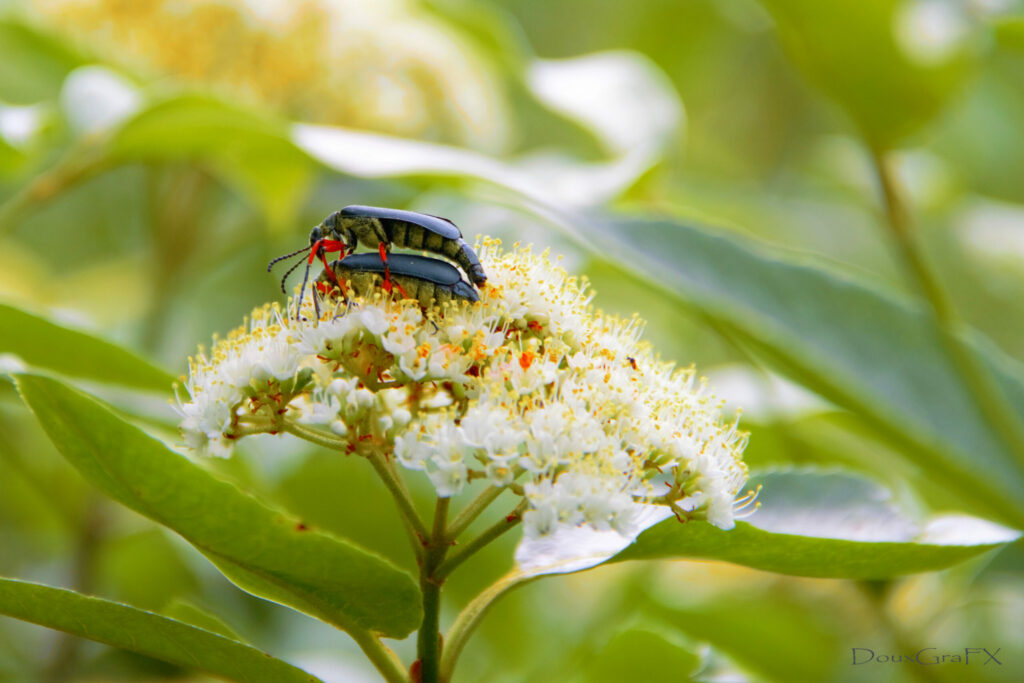Bugs (Butterflies, Bees, Grasshoppers, Spiders, etc…)
Please enter your comments, questions, or feedback below, Thank you!
New Brunswick
Bees are winged insects closely related to wasps and ants, known for their roles in pollination and, in the case of the best-known bee species, the western honey bee, for producing honey. Bees are a monophyletic lineage within the superfamily Apoidea. They are currently considered a clade, called Anthophila.
Source : Wikipedia
Butterflies are insects that have large, often brightly coloured wings, and a conspicuous, fluttering flight. The group comprises the superfamilies Hedyloidea and Papilionoidea. The oldest butterfly fossils have been dated to the Paleocene, about 56 million years ago, though they may have originated earlier.
Source : Wikipedia
Dragonflies and Damselflies (Anisoptera)
A dragonfly is a flying insect belonging to the infraorder Anisoptera below the order Odonata. About 3,000 extant species of true dragonflies are known. Most are tropical, with fewer species in temperate regions. Loss of wetland habitat threatens dragonfly populations around the world.
Source : Wikipedia
Grasshoppers are a group of insects belonging to the suborder Caelifera. They are among what is possibly the most ancient living group of chewing herbivorous insects, dating back to the early Triassic around 250 million years ago.
Source : Wikipedia
Flies are insects of the order Diptera, the name being derived from the Greek δι- di- “two”, and πτερόν pteron “wing”.
Source : Wikipedia
Coccinellidae is a widespread family of small beetles. They are commonly known as ladybugs in North America and ladybirds in the United Kingdom; “lady” refers to mother Mary. Entomologists use the names ladybird beetles or lady beetles to avoid confusion with true bugs.
Source : Wikipedia
Moths are a group of insects that includes all members of the order Lepidoptera that are not butterflies. They were previously classified as suborder Heterocera, but the group is paraphyletic with respect to butterflies and neither subordinate taxa are used in modern classifications.
Source : Wikipedia
Spiders are air-breathing arthropods that have eight legs, chelicerae with fangs generally able to inject venom, and spinnerets that extrude silk. They are the largest order of arachnids and rank seventh in total species diversity among all orders of organisms.
Source : Wikipedia
A wasp is any insect of the narrow-waisted suborder Apocrita of the order Hymenoptera which is neither a bee nor an ant; this excludes the broad-waisted sawflies, which look somewhat like wasps, but are in a separate suborder.
Source : Wikipedia
Other Insects not yet classified
Insects are pancrustacean hexapod invertebrates of the class Insecta. They are the largest group within the arthropod phylum. Insects have a chitinous exoskeleton, a three-part body, three pairs of jointed legs, compound eyes and one pair of antennae.
Source : Wikipedia
